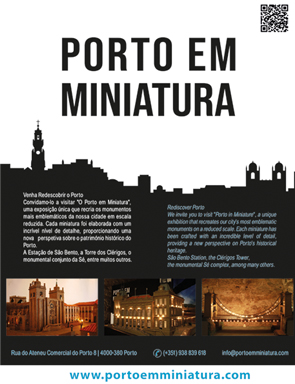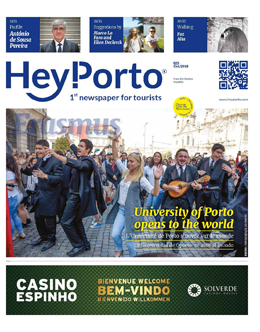It began by being linked to horses. Then, it was once a street sought after by those who wanted to buy furniture and is now a cosmopolitan place where it is possible to find restaurants with foods from all over the world.
The designation of picaria seems to be prior to the street itself and may indicate that in that place, or in the vicinity, there was a stable. The street only began to be planned in the eighteenth century, at a time when this area of the city, still quite rural, was urbanized and modernized.
Paved in the late 1930s, this street was occupied for decades by cabinetmakers and small furniture stores. In the absence of shop windows, small bookcases and wooden benches often occupied the narrow sidewalks. It was also in these carpenters that the Portuguese who, in the 19th and 20th centuries, immigrated to Brazil in search of work and wealth used pine boxes.
The area is also known for its lively nights due to the existence of two famous cabarets. The opening of the Rua de Ceuta, already in the twentieth century, led to some houses nearby being demolished. Travessa da Picaria disappeared, but the street remained until the present day.
Currently, Rua da Picaria is one of the liveliest places in Porto given the great diversity of restaurants and different gastronomic options.
Curiosities:
The Anglo Portuguese Telephone Company settled in Rua da Picaria and built a building there that still belongs to a communications company. The red telephone booths, which still exist in some streets of Porto, are a trace of this Portuguese-British company.
In the number 49 grew Francisco Sá Carneiro, Prime Minister of Portugal who died in 1980. Across the street was his law firm.
At the corner of Rua da Picaria and Rua de Ceuta there was once the Court where the writer Camilo Castelo Branco was tried for the crime of adultery. His relationship with Ana Plácido, the wife of a prosperous businessman, shocked the nineteenth-century Porto society.








Comments are closed here.